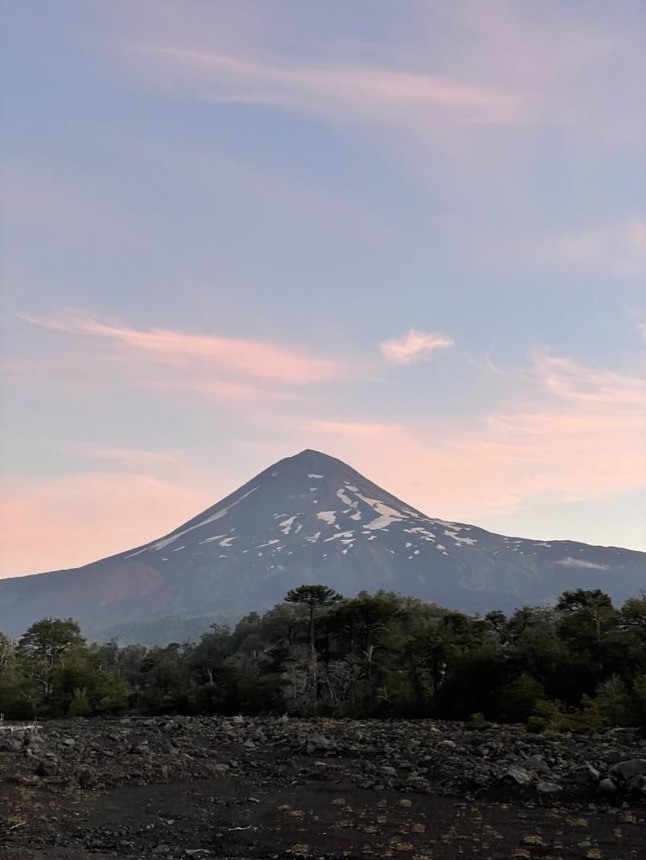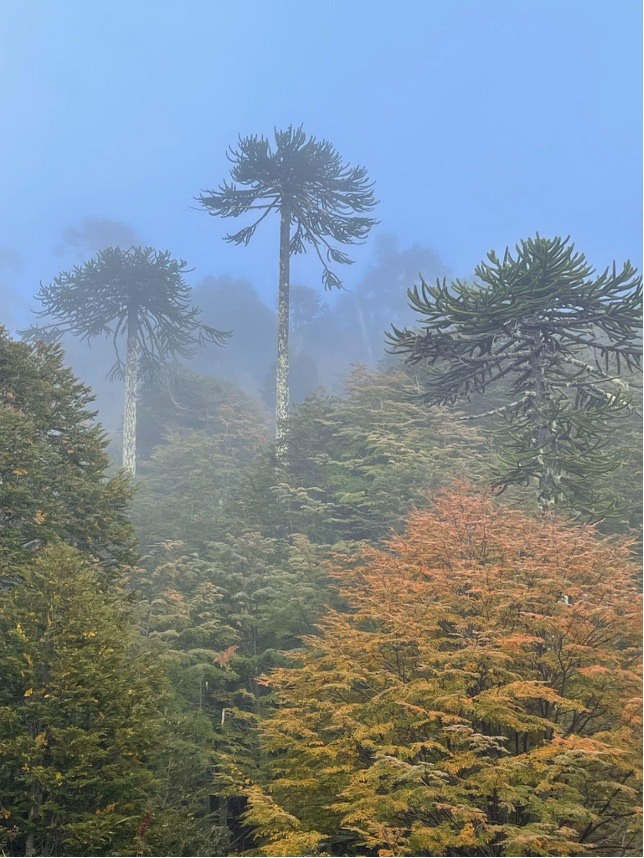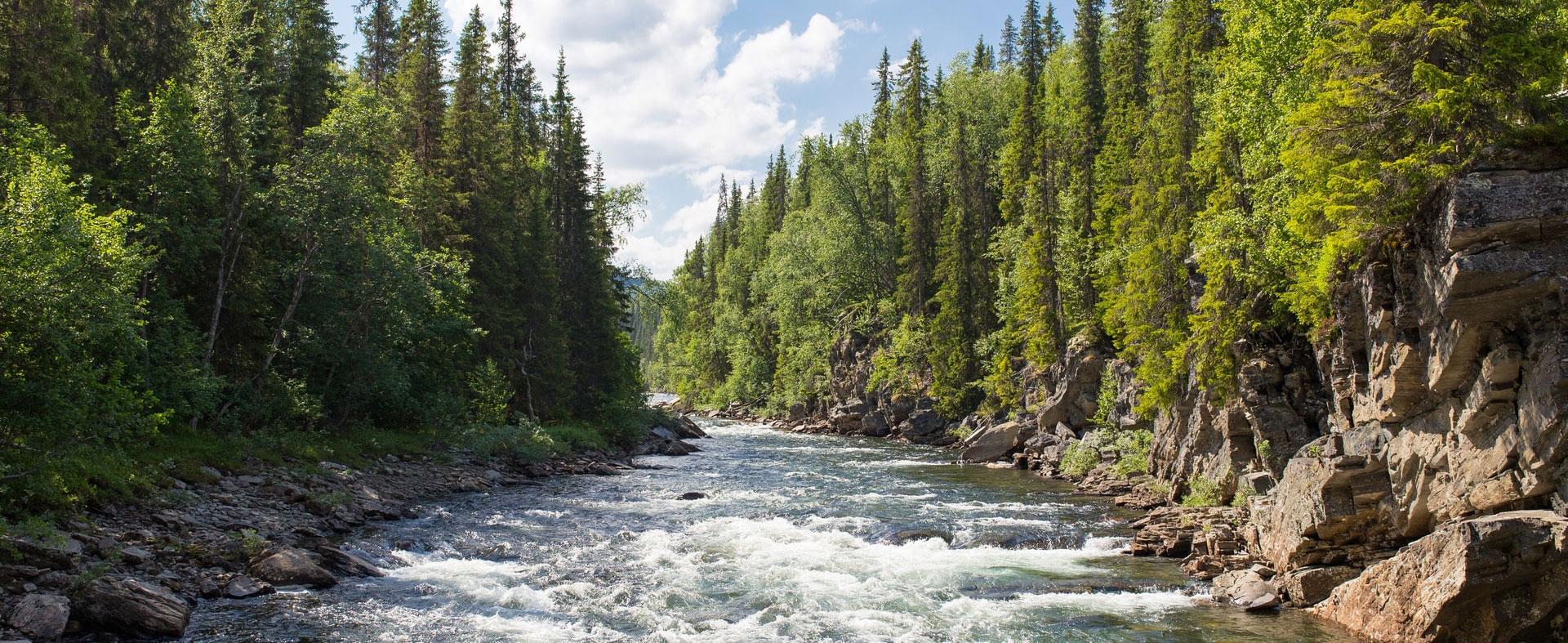August e-Newsletter Community Guest Spotlight with Millie Spencer
Posted Aug 12, 2025
Combining Local Knowledge and Western Sciences to Analyze Glacier Retreat and Water Security in South-Central Chile
Millie Spencer, PhD Candidate, University of Colorado, Boulder, CUAHSI Pathfinder Awardee 2024
The CUAHSI Pathfinder Award enabled me to travel throughout south-central Chile for five months, where I conducted uncrewed aerial vehicle (UAV) surveys of volcanic glaciers, and interviews with individuals living downstream of the glaciers. My interdisciplinary project aims to create a more complete picture of glacier retreat and its downstream impacts on water security, when compared to conventional hydrological studies that rely exclusively on remote sensing and computer modeling.
During peak melt season, from February-March 2025, I hiked several volcanoes in south-central Chile and flew UAV to measure the current surface area of glaciers. In addition to updating regional glacier inventories, this fieldwork enabled me to identify unique processes that are not discussed in local scientific literature to date, such as the presence of undocumented debris-covered glaciers and the influence of volcanic eruptions on glacier melt. I plan to integrate my UAV measurements in a hydro-glaciological model to forecast how historic and continued glacier retreat will impact the timing and volume of water availability downstream.
Once snowfall began, I shifted my focus to interviewing community members living downstream of these glaciers. I interviewed people ranging from Indigenous elders to city water managers and ecotourism guides. My questions sought to illuminate their perspectives of glacier retreat and hydroclimatic change in the region. While some alpine mountain guides shared perspectives on glacier change, the majority of those interviewed did not have personal experience with glaciers. Instead, most interview subjects spoke on broader environmental and hydrological change. Interviewees agreed that water insecurity is growing in the region, in part due to accelerating glacier retreat and less predictable precipitation, but also due to population growth and growing water demands of tree plantations. Many interviewees spoke on concerns surrounding the infiltration of non-native pine and eucalyptus species in native Araucaria (or pewen, in the Mapuche language of Mapundungun) forests. Others shared observations that snow fell less frequently and stuck around for less time. Smaller rural community members shared experiences of historic water sources (mainly springs near their homes) drying up, forcing them to begin purchasing water from municipalities or water tankers for the first time.
In essence, my interviews illuminated that observations of hydrological change were abundant, while those specific to glacier change were scarce. This finding is helpful to inform how future scientific studies, including my own work, should better frame glacier change in the context of water security. Rather than simply reporting rates of glacier retreat in technical units and jargon, researchers should frame glacier change in the context of how it impacts the timing and volume of water availability to communities downstream.
I am enormously grateful to the CUAHSI Pathfinder Award for enabling me to conduct this research, and look forward to sharing further results soon!

Shrinking glaciers on Volcán Llaima at sunset.

Araucaria or Pewen trees, the sacred tree of the Mapuche-Pehuenche people, are found in high-elevation native forests throughout Araucanía. The spread of pine and eucalyptus plantations are causing these nonnative species to crop up in once native forests, threatening the livelihoods of these sacred trees.
